Top 5 SUVs of 2024: Hyundai Creta Facelift, Mahindra Thar Roxx, Tata Curvv and More
In this roundup, we explore the top five SUVs of 2024, reflecting on what made them the year’s most noteworthy launches.
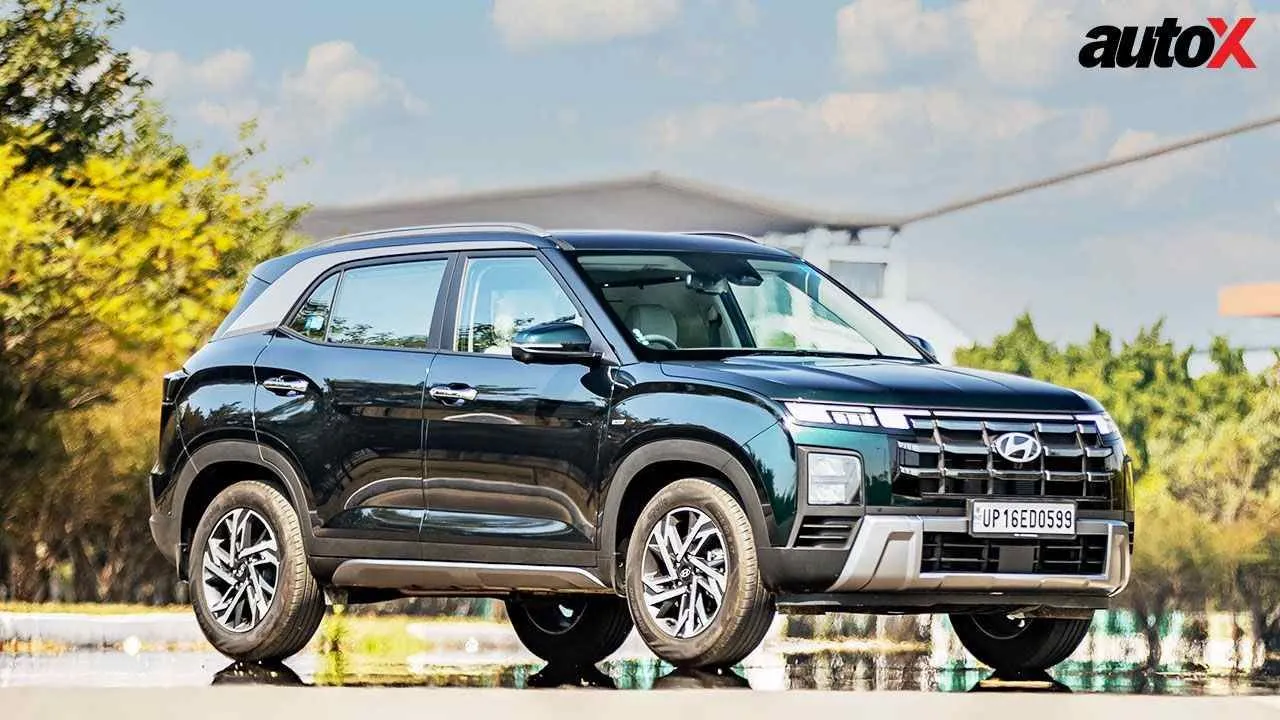
As 2024 draws to a close, it is time to look back at the standout SUVs that made waves this year. The SUV segment continued its dominance, with manufacturers introducing models that combined innovation, performance, and versatility. Among the year’s highlights are the Hyundai Creta Facelift, which brought a refreshed design and enhanced features, and the rugged Mahindra Thar Roxx, a favourite among adventure seekers. The sleek and modern Tata Curvv also captured attention with its futuristic styling. These models, along with others, set benchmarks in their respective categories, showcasing the evolving preferences of buyers. In this roundup, we explore the top five SUVs of 2024, reflecting on what made them the year’s most noteworthy launches.
Hyundai Creta Facelift
Hyundai has significantly redesigned the Creta, showcasing a boxier aesthetic and refined, feature-rich interior. The updated model's ex-showroom price bracket ranges from Rs 11 lakh to Rs 20.30 lakh. The Creta has three engine options: a 1.5-litre naturally aspirated (NA) petrol, a 1.5-litre diesel, and a new 1.5-litre turbo-petrol. The NA petrol version delivers 144Nm and 113bhp, while the diesel unit generates 114bhp and 250Nm. The new turbo-petrol, on the other hand, produces 158bhp and 253Nm. The gearbox choices include a six-speed MT, six-speed AT, iMT, CVT (iVT), and a seven-speed DCT.
In terms of features, the Creta SUV has front-ventilated seats, a 360-degree camera, drive modes, an electronic parking brake, an 8-speaker Bose audio system, an electronic stability program (ESP), a tyre pressure monitoring system, a leatherette-wrapped gear shifter, a flat-bottom steering wheel, ambient lighting, a panoramic sunroof, and over seventy connected car features.
Also Read: 2024 Hyundai Creta Review: Sands of Time
Mahindra Thar Roxx
The Mahindra Thar Roxx was introduced to the Indian market in August this year, boasting a distinctive design that includes LED headlights with C-shaped DRLs, a body-coloured six-slat grille, robust bumpers, rear door-mounted handles, 19-inch dual-tone alloy wheels, a tailgate-mounted spare tire, circular fog lamps, and rectangular LED taillights. The price starts at Rs 12.99 lakh and goes up to Rs 22.49 lakh, ex-showroom.

Buyers can choose between a 2.0-litre mStallion turbo-petrol engine or a 2.2-litre mHawk diesel engine. Transmission options consist of a six-speed manual and a six-speed torque converter automatic. While the petrol variant is rear-wheel drive only, the diesel model offers the added advantage of a 4x4 drivetrain with a low-range transfer case, enhancing its off-road performance.
Tata Curvv
Tata Motors introduced the Curvv in an all-electric variant, followed by an internal combustion engine (ICE) version. The EV is priced between Rs 17.49 lakh and Rs 21.99 lakh, with all prices being ex-showroom.
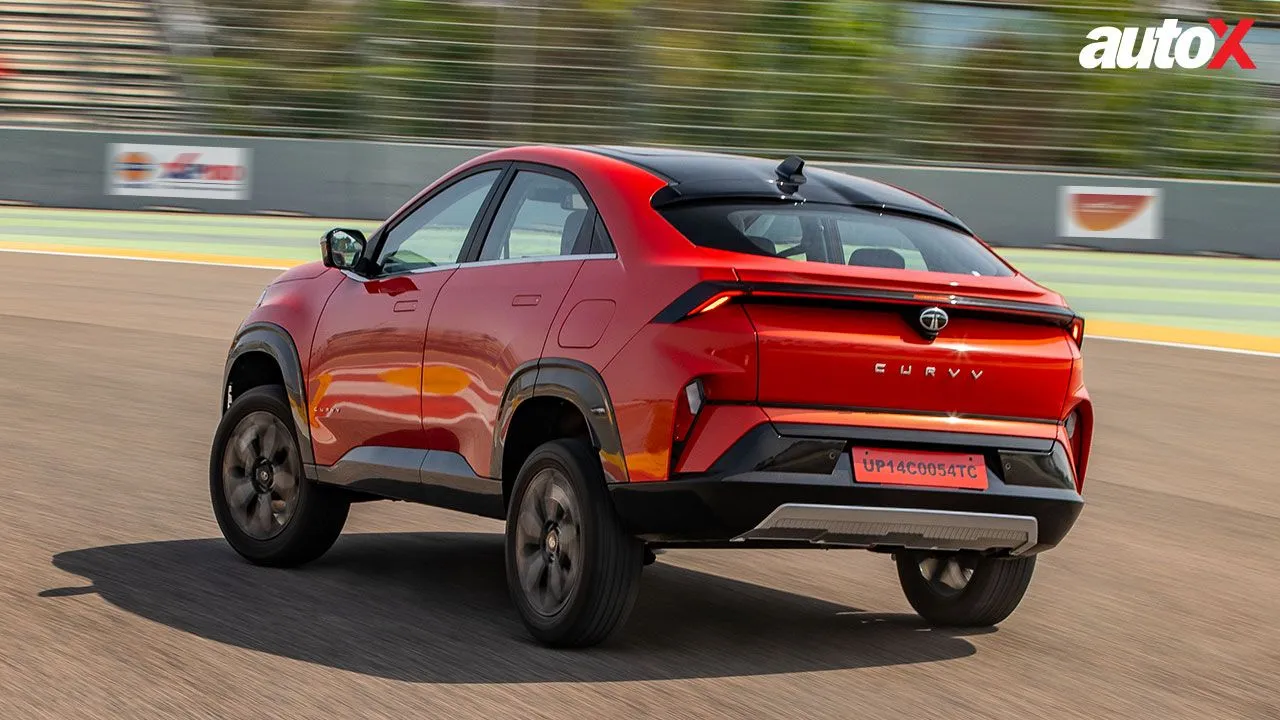
The Tata Curvv ICE comes with three engine options: the newly developed 1.2-litre direct-injection turbo-petrol (Hyperion), the 1.2-litre turbo-petrol (Revotron), and the 1.5-litre diesel. The Hyperion engine delivers 123bhp at 5,000rpm and 225Nm of torque between 1,700 and 3,500rpm. The Revotron and diesel engines also featured in the Nexon, produce 118bhp and 170Nm (turbo-petrol) and 116bhp and 260Nm (diesel). Transmission options include a standard six-speed manual and an optional seven-speed dual-clutch automatic.
The EV variant offers two battery configurations: a 40.5kWh pack for the lower trims and a 55kWh pack for the higher variants. Both setups power a 165bhp electric motor, enabling the Curvv EV to achieve 0-100km/h in 8.6 seconds and reach a top speed of 160km/h.
Skoda Kylaq
The Skoda Kylaq signaled Skoda's debut in India's highly competitive subcompact SUV market. Launched last month at Rs 7.89 lakh (ex-showroom), it showcased the brand's new Modern Solid design philosophy. The Kylaq has a 1.0-litre TSI engine that pumps out 115bhp and 178Nm, paired with either a six-speed manual or six-speed automatic transmission. It boasts a top speed of 188km/h and a 0 to 100km/h sprint time of 10.5 seconds with the manual gearbox.
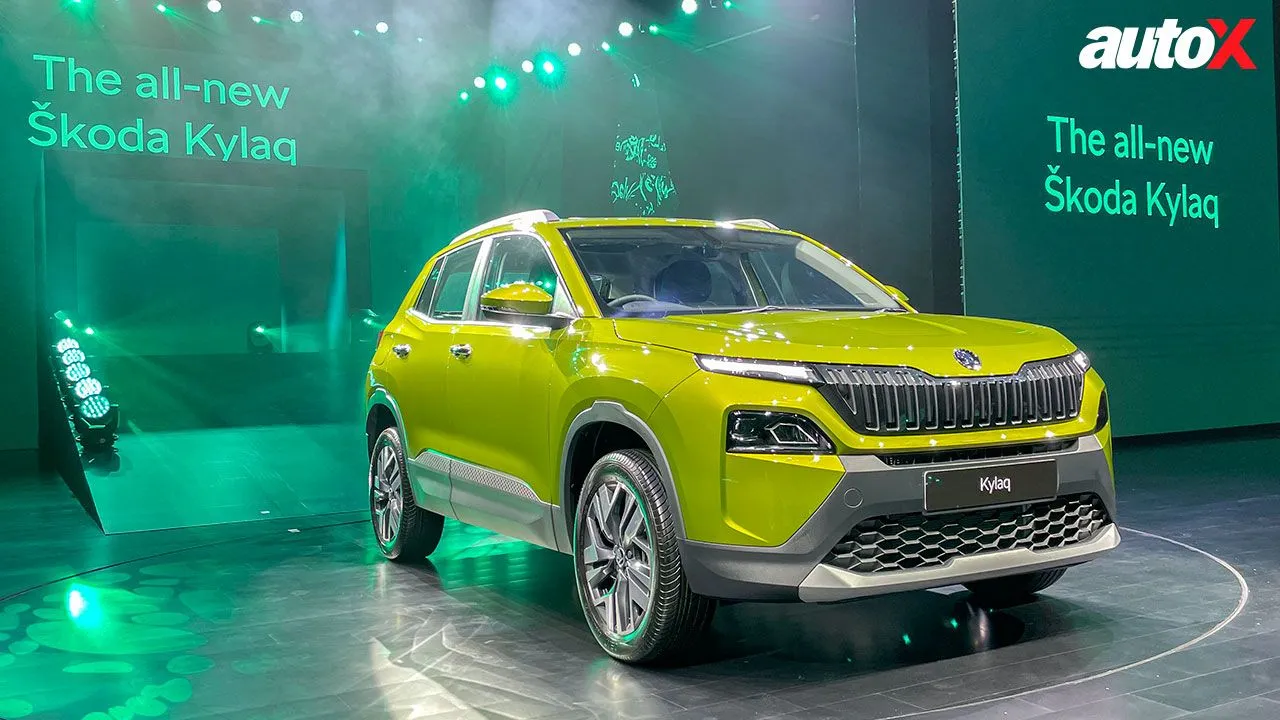
The car is equipped with various comfort-focused features, such as a high-quality sound system, keyless entry, ambient lighting, ventilated and adjustable front seats, a cooled glovebox, and cupholders. However, the availability of these features may differ across variants.
New Kia Sonet
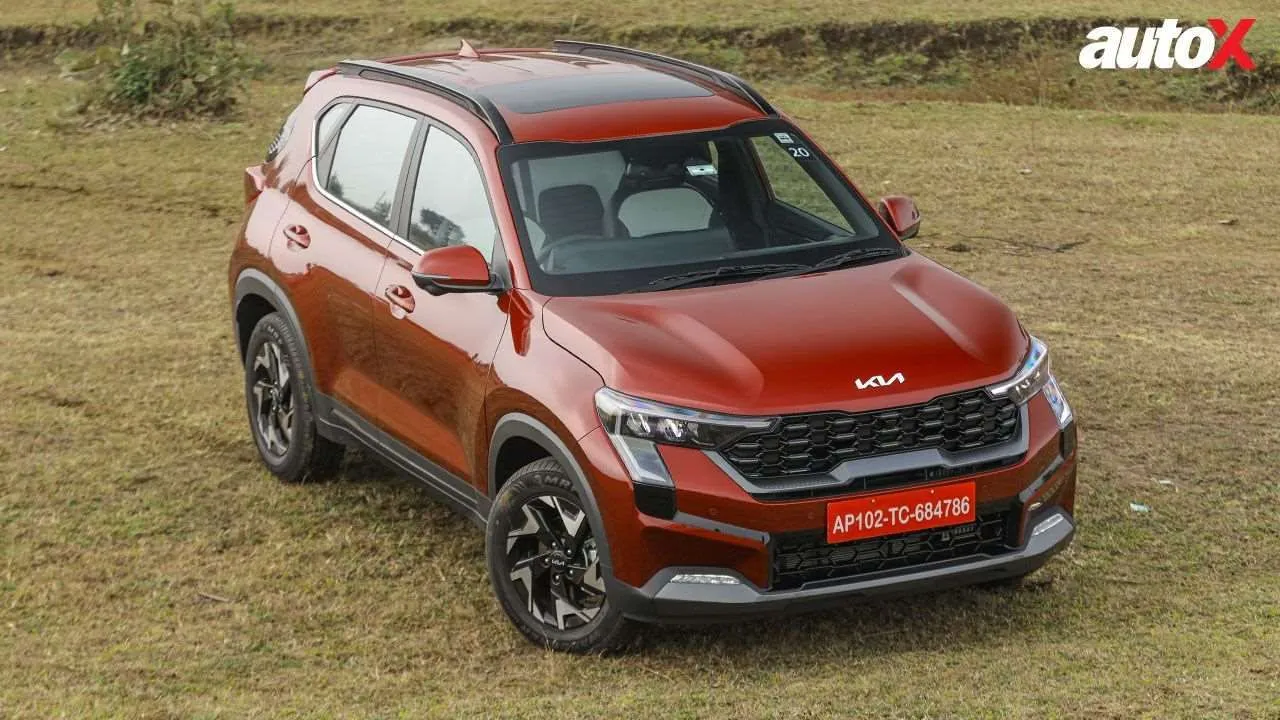
Launched in January, the SUV currently starts at Rs 8 lakh (ex-showroom) for the entry-level HTE 1.2 Petrol MT and goes up to Rs 15.77 lakh (ex-showroom) for the top-spec X-Line 1.5 Diesel AT. The Sonet GTX is available with two powertrain options: a 1.0-litre turbo-petrol paired with a DCT and a 1.5-litre diesel mated to an automatic transmission. The turbo-petrol engine delivers 118bhp and 172Nm of torque, while the diesel produces 114bhp and 250Nm of torque.
Also Read: Mahindra Thar Roxx Diesel MT Review: The 5-door SUV to Buy?
The SUV boasts features such as a 10.25-inch digital instrument cluster, a 10.25-inch touchscreen infotainment system, ventilated front seats, automatic climate control, six airbags, a 4-way electrically adjustable driver’s seat, wireless phone charging, electronic stability control (ESC), connected car technology, and a tyre pressure monitoring system (TPMS). Additionally, it offers advanced driver assistance systems (ADAS) like blind spot monitoring, lane-keep assist, and forward collision warning.

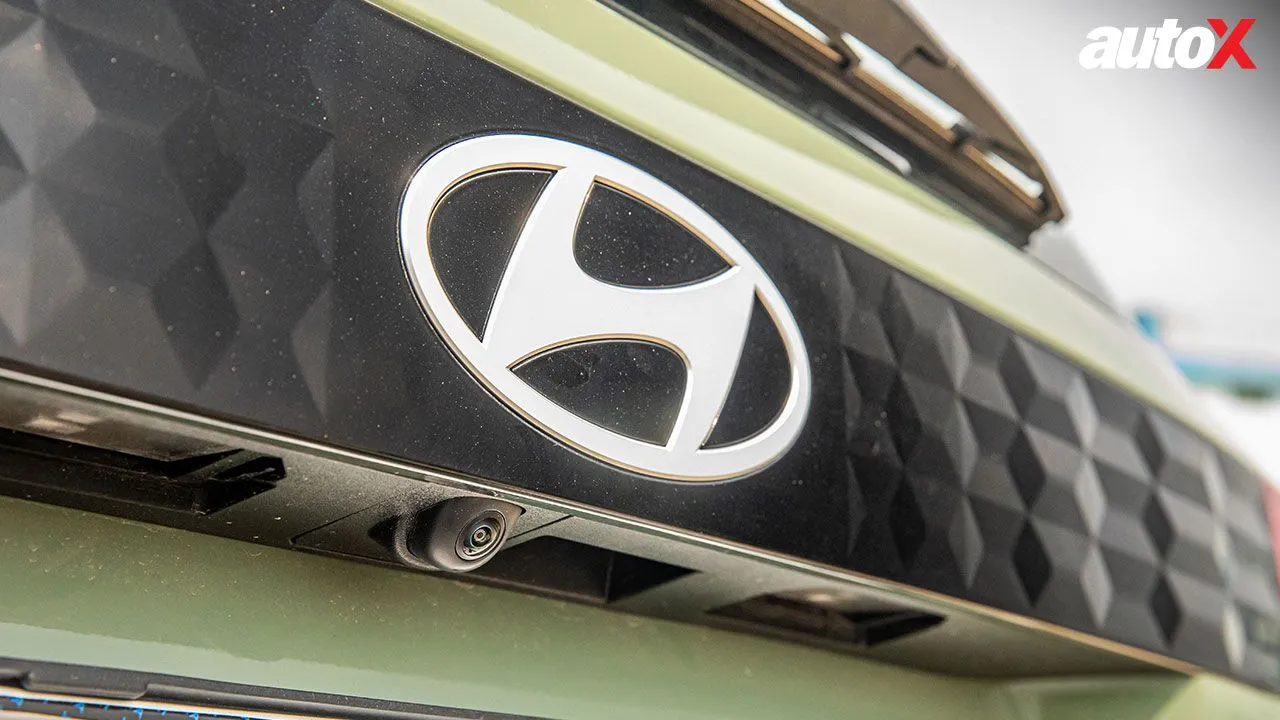


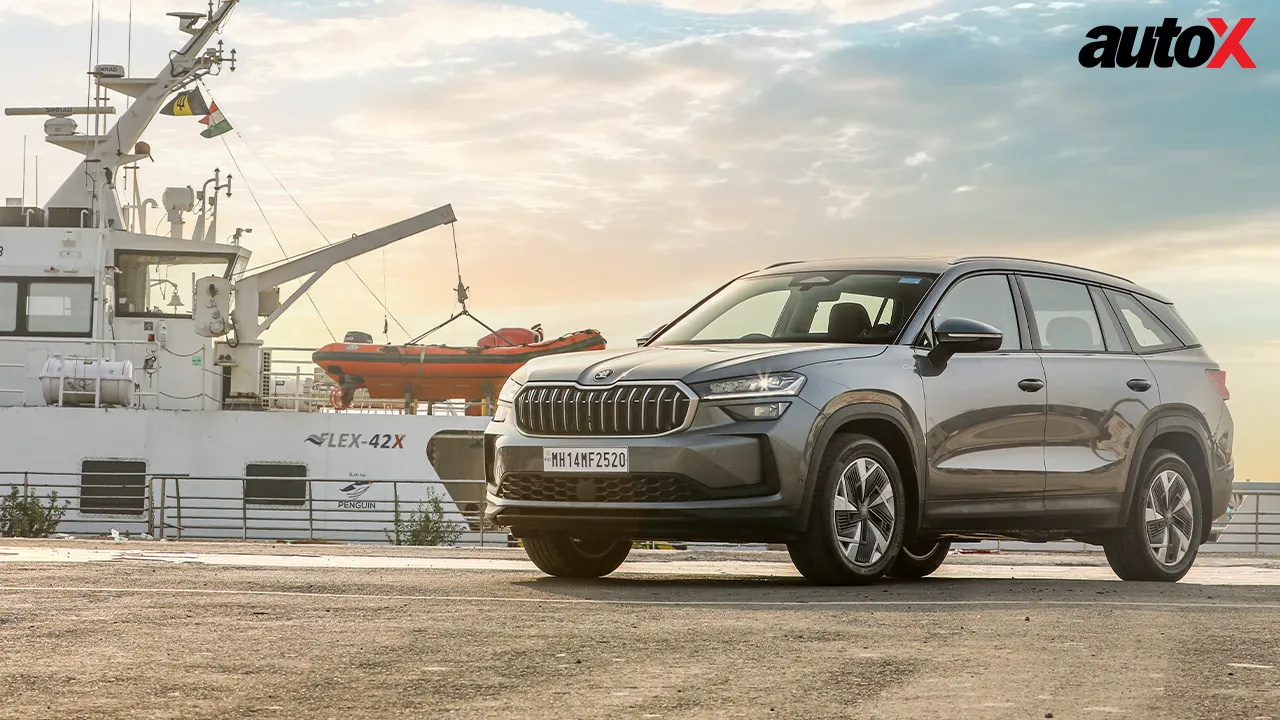

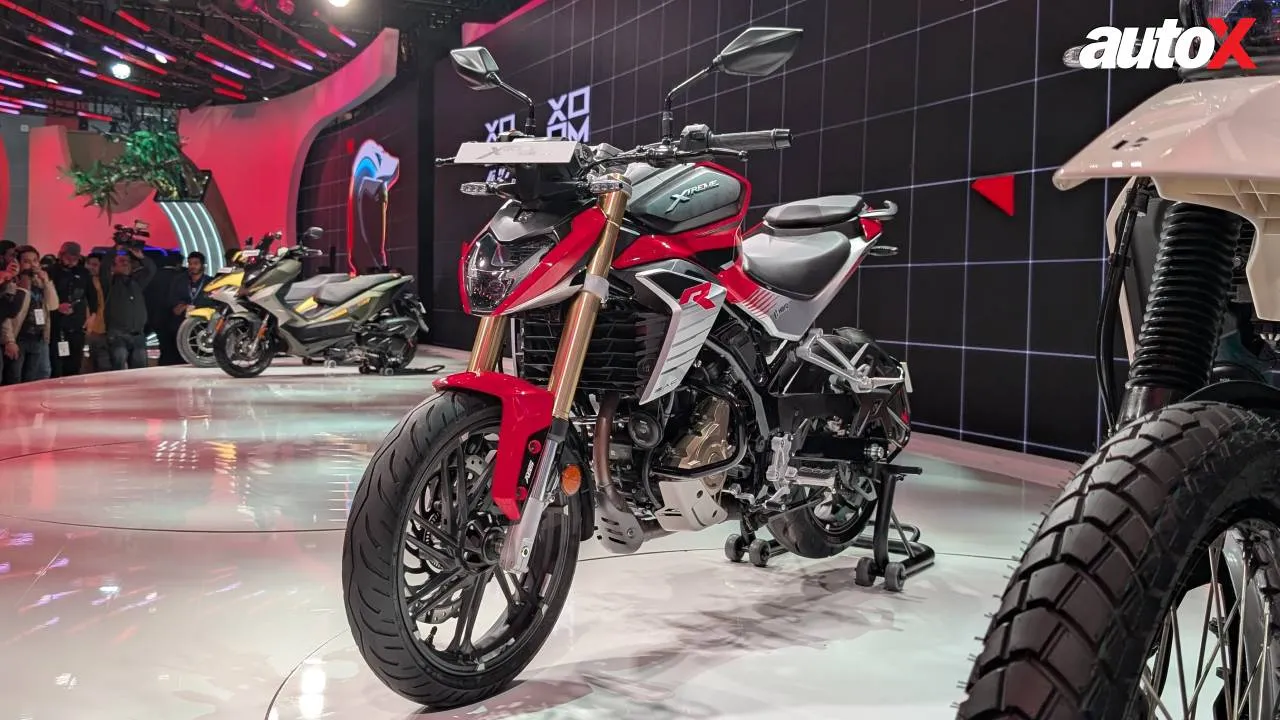
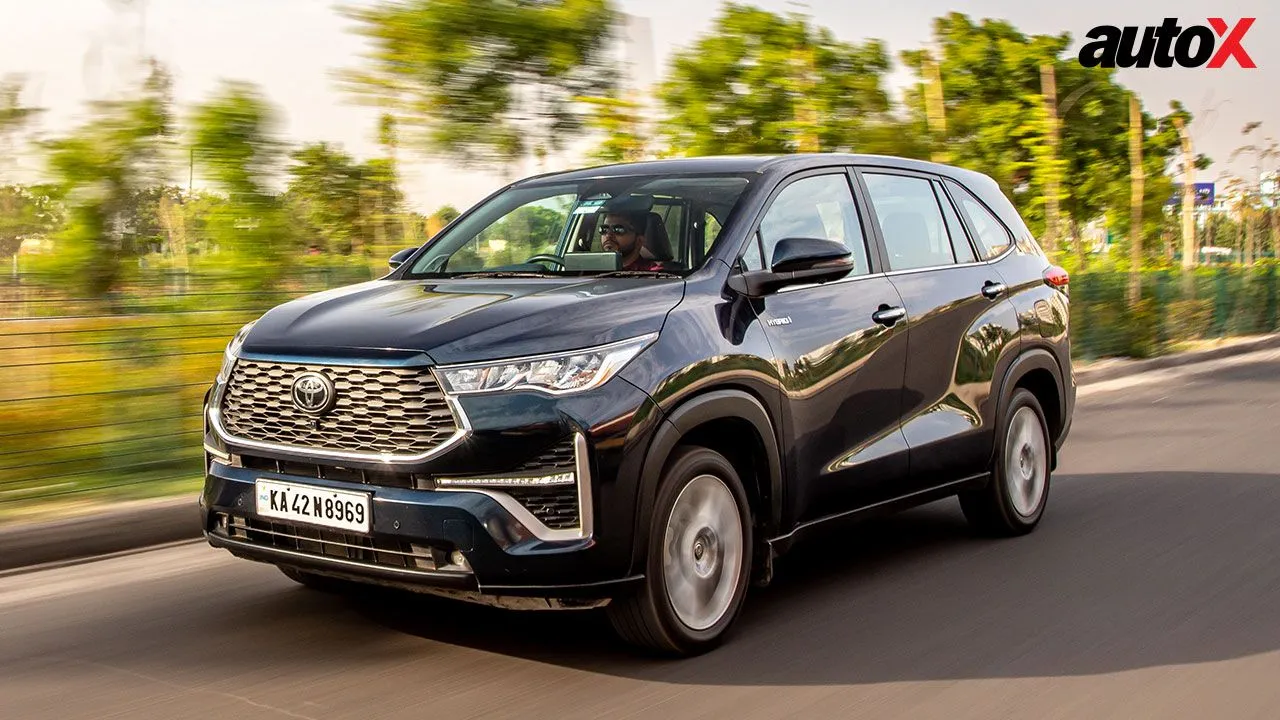

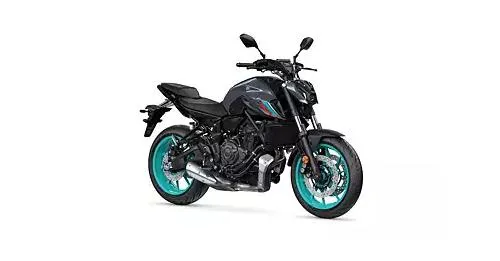


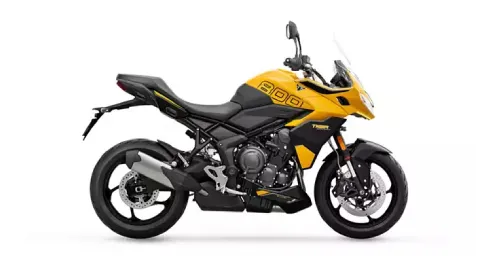














Write your Comment on